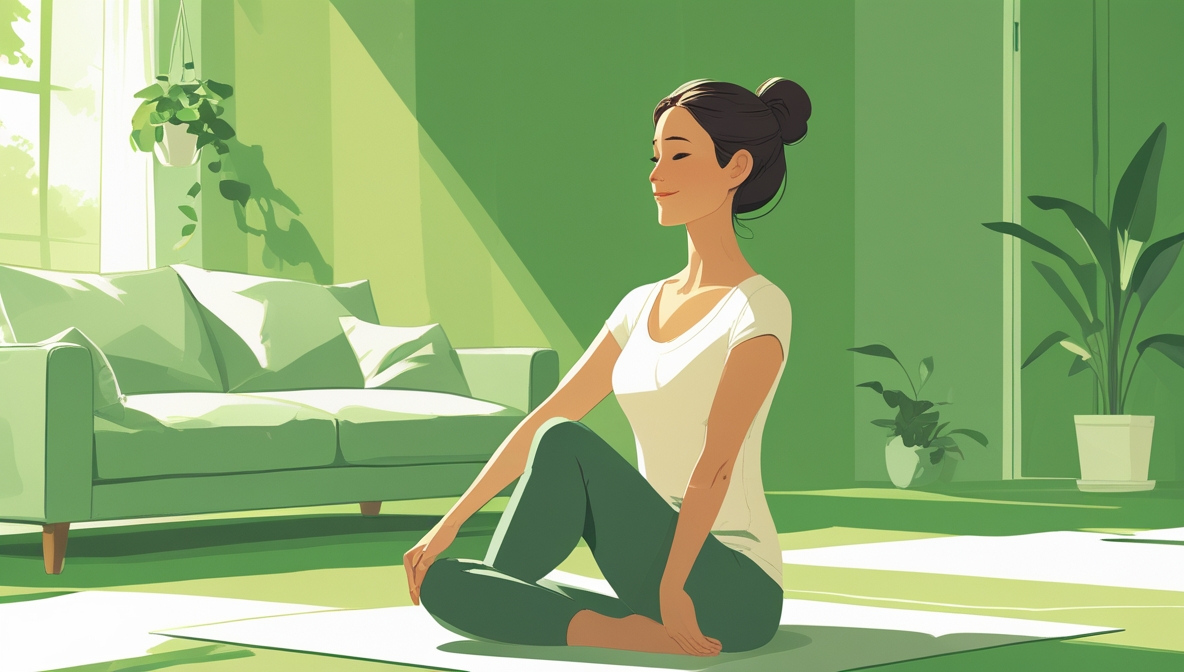The myth of “just rest” - why active recovery works better

Written by Mathieu Stremsdoerfer, CEO and Co-Founder at Healactively
Rest sounds safe. But over time, it can make pain worse.
For decades, people were told to rest whenever they experienced back pain. “Lie down, take it easy, don’t strain yourself.” It sounds logical, even comforting. But that advice, while well-intentioned, has left millions stuck in long-term pain.
The reality? Rest without movement can slow down recovery. In some cases, it makes things worse.
Active recovery gentle, consistent movement guided by your body’s feedback is what actually helps most people get back on their feet.
Why rest became the default advice
The medical world has historically leaned toward a protective model of care. When something hurts, the assumption is that you need to stop using it. This is true for fractures or severe injuries. But for most cases of back pain, especially non-specific or mechanical pain, this thinking backfires.
Extended rest leads to:
- Muscle deconditioning
- Joint stiffness
- Reduced blood flow
- Higher pain sensitivity
- Increased fear of movement
When your body doesn’t move, it loses capacity.
And when it loses capacity, even basic tasks like sitting, walking, or lifting feel harder and more painful.
Why movement is medicine
Movement isn’t just a physical act it’s a signal to your brain and nervous system that your body is safe and capable.
Even small movements stimulate healing:
- They increase circulation to tight, inflamed areas.
- They activate stabilising muscles to rebuild support.
- They help flush out tension and reduce nerve sensitivity.
- They rebuild trust between your brain and body.
You don’t have to do anything extreme. You just have to start gently, consistently, and with awareness.
How to transition from rest to active recovery
If you’ve been resting too long, your body might feel fragile. That’s normal. But the way forward is gradual, not aggressive.
Here’s how to start moving safely:
- Begin with short walks—2 to 5 minutes is enough.
- Do gentle mobility exercises that feel easy, not forced.
- Pay attention to your posture throughout the day.
- Track your pain triggers and adjust positions or movements around them.
And most importantly, focus on consistency not perfection.
Movement compounds over time. One walk won’t change much. A week of walking might. A month of movement can transform you.
Healactively’s approach to active recovery
At Healactively, we guide people through recovery that’s built on motion not fear. We understand that the body adapts to what it does every day. If it moves well, it heals well.
That’s why our system emphasises:
- Safe, modifiable exercises
- Mind-body awareness
- Pain education
- Gradual strengthening and movement retraining
You don’t need to push through pain. You need to partner with your body and give it what it truly needs.
Ready to move out of the rest trap and into real recovery?
Start your journey today with Healactively where movement is medicine, and action brings healing.
